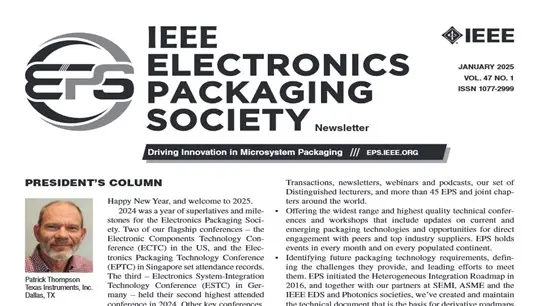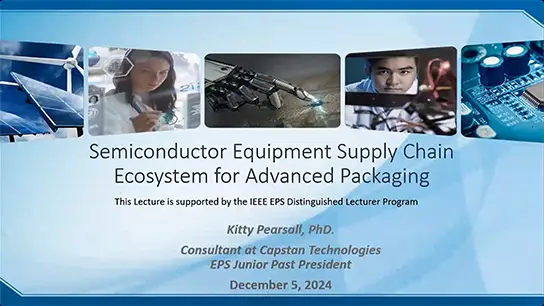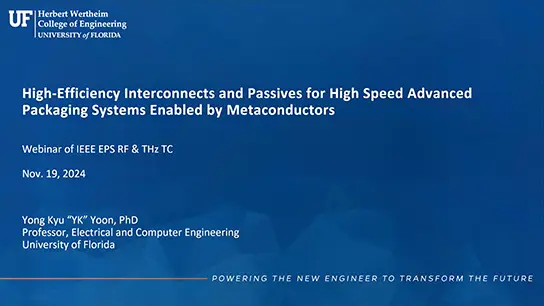Vertical Power Delivery with Embedded Nanoscale Capacitors and Microbatteries with High Power and Energy Densities (Video)
Gary W. Rubloff, Keith Gregorczyk
-
Members: FreeEPS
IEEE Members: $11.00
Non-members: $15.00Length: 00:58:07
The growing demand for power delivery in high-performance computing and other electronic systems requires significant advancements in materials, architectures, and manufacturing techniques. Our group has pioneered the development of advanced three-dimensional nano scale substrates, particularly porous anodic aluminum oxide (AAO), to dramatically enhance the surface area of substrates. This enhancement leads to substantial increases in spatial energy densities without sacrificing power densities, benefiting both capacitors and solid-state microbatteries (SSMBs).
We begin by detailing the use of standard semiconductor manufacturing methods to fabricate arrays of metal–insulator–metal nanocapacitors within AAO nanopores. These highly regular arrays achieve capacitance values of 10 μF/cm² for 1-μm-thick anodic aluminum oxide and 100 μF/cm² for 10-μm-thick anodic aluminum oxide—significantly surpassing previously reported values for similar capacitors. These innovations offer a promising solution to the limitations of traditional aluminum electrolytic capacitors and multi-layer ceramic capacitors (MLCCs), which suffer from high parasitic inductance at high frequencies, bulky volumes, and low energy densities.
To address the challenges of high-frequency applications, we will highlight recent developments in next generation solid-state ionic capacitors. These capacitors utilize mobile lithium ions to store charge in low frequency regimes while maintaining double-layer capacitance at high frequencies. With a capacitance of 15 μF/cm², a low leakage current (<20 nA/cm²) at 2V, and stable performance, these capacitors offer dualfrequency capability, low parasitic inductance, and seamless on-chip integration, making them ideal for extended frequency ranges. By incorporating 3D architectures, we can increase capacitance by 10 to 100 times while preserving high-frequency performance.
Finally, we will explore the convergence of thin-film SSMBs and solid-state power devices. SSMBs exhibit energy densities orders of magnitude higher than those of traditional capacitors, raising the intriguing possibility of their replacement in commercial applications. We will examine this potential market shift and discuss how emerging technologies may reshape the future of capacitors and energy storage solutions.
Bios:
Gary W. Rubloff - Gary Rubloff has 20 years' industry (IBM) background in microelectronics research and management ranging from science to manufacturing and IP. In the subsequent 30 years in academia his research and program management have evolved to a focus on thin film microfabrication as a highly developed technology which can enable high performance energy storage. As Distinguished University Professor at the University of Maryland, he led an 11-year Energy Frontier Research Center for the Department of Energy and follow-on programs, was founding Director of the Maryland NanoCenter, and served as Director of the Institute for Systems Research.
Keith Gregorczyk - Keith Gregorczyk has been exploring the intersections of nanotechnology, electrochemistry, energy storage, and semi-conductor manufacturing for >15 years. He is an internationally recognized expert in the synthesis of heterostructured nanomaterials


